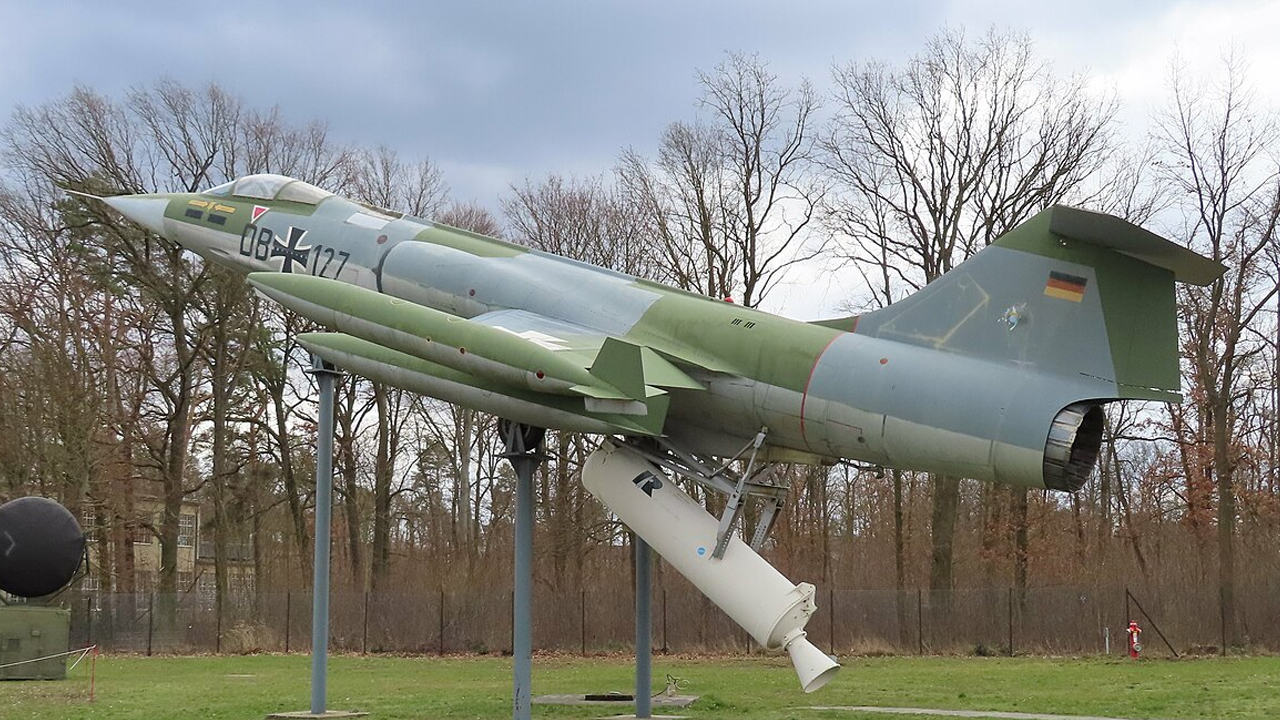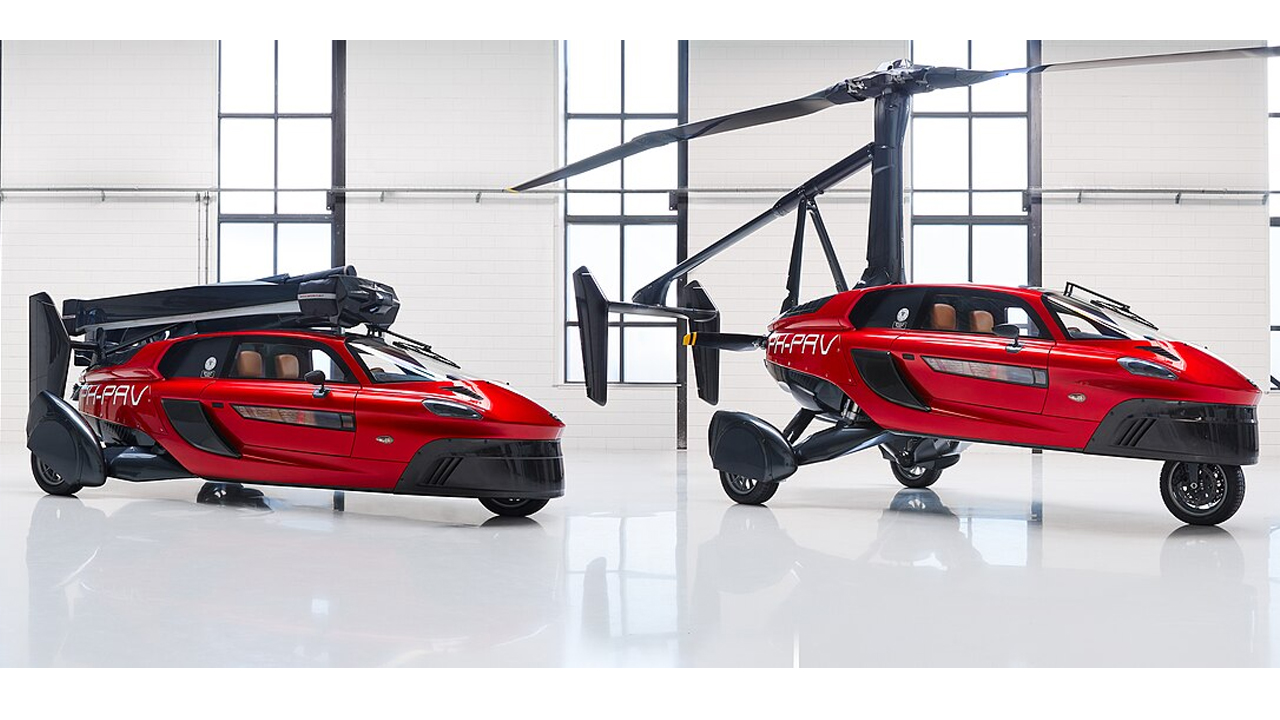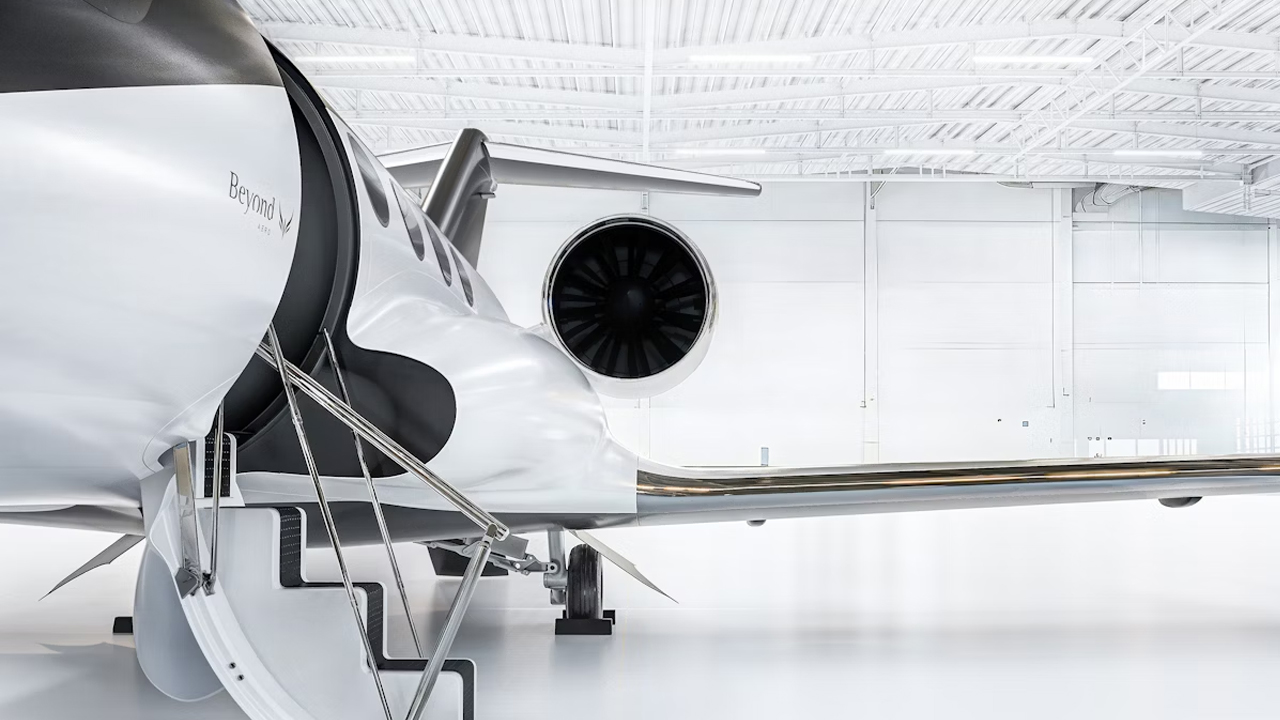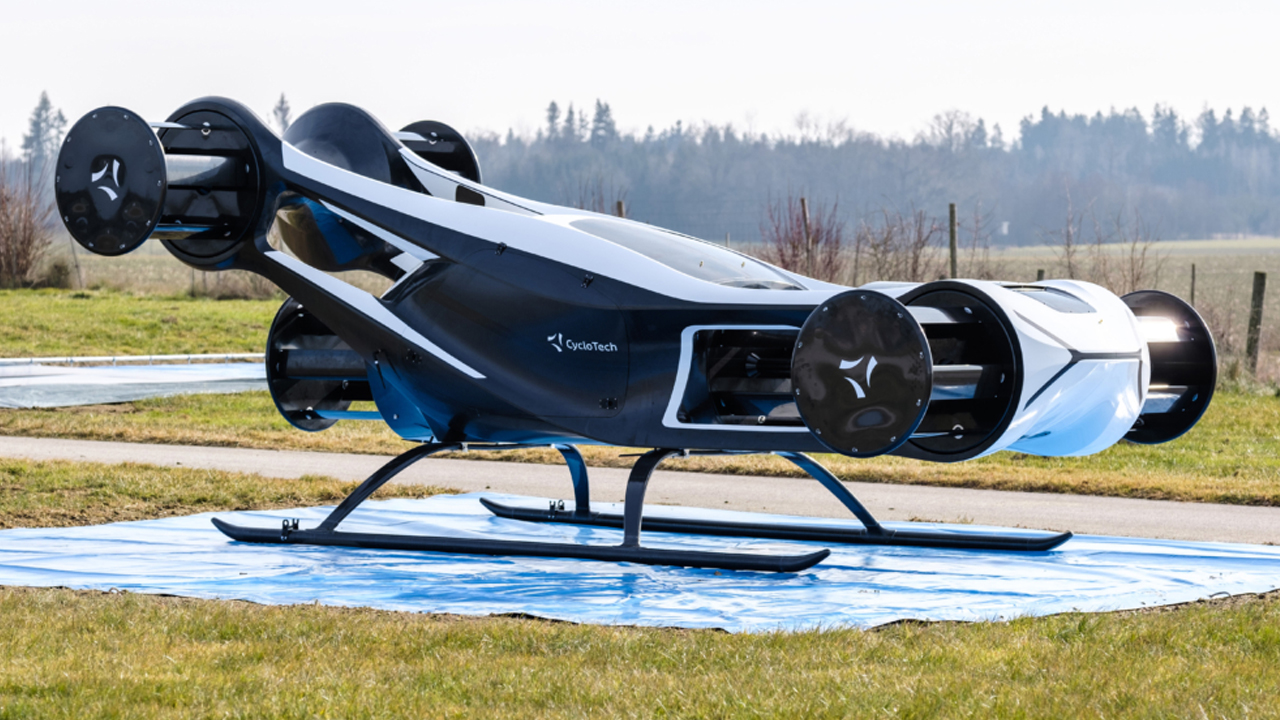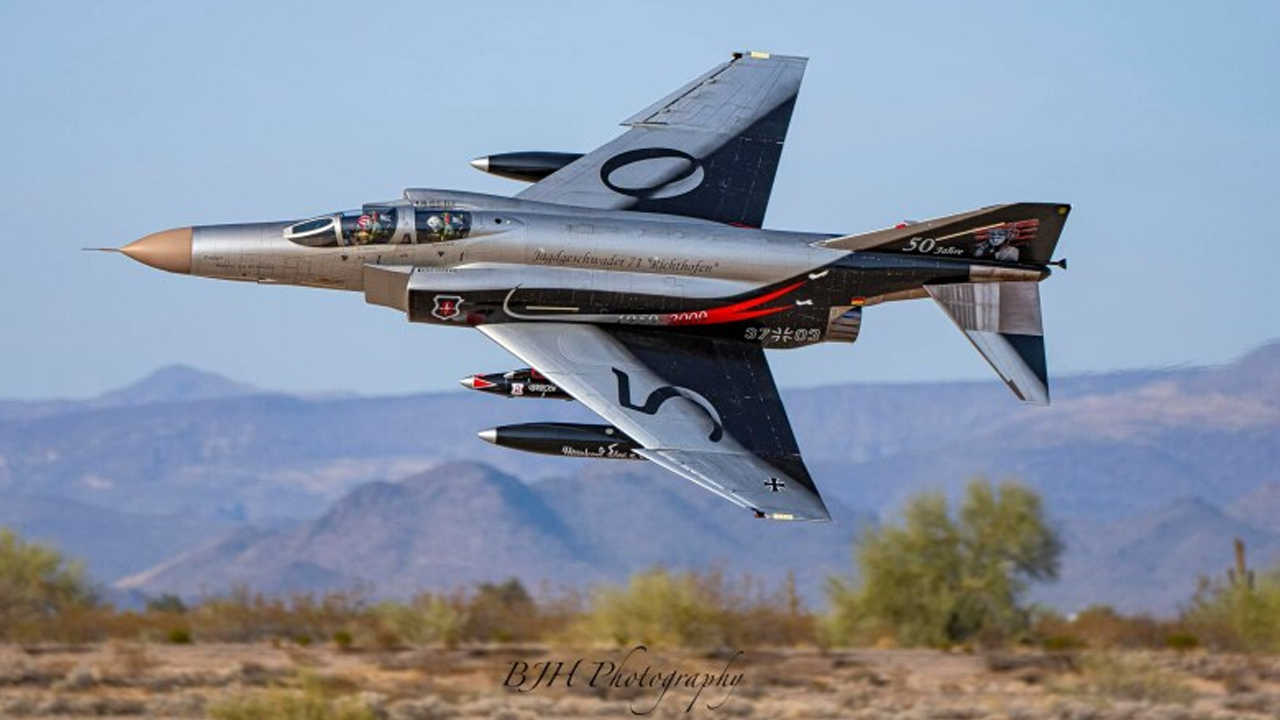During the Cold War, U.S. military planners faced a dangerous possibility: airbases might be wiped out in a first strike, leaving fighter jets grounded. Their answer? Launch them from trucks. This led to one of the boldest aviation experiments of the era—the Zero-Length Launch (ZELL) program, which tested whether a jet could rocket into the sky straight from the back of a trailer.
Zero-Length Launch: A Cold War Innovation
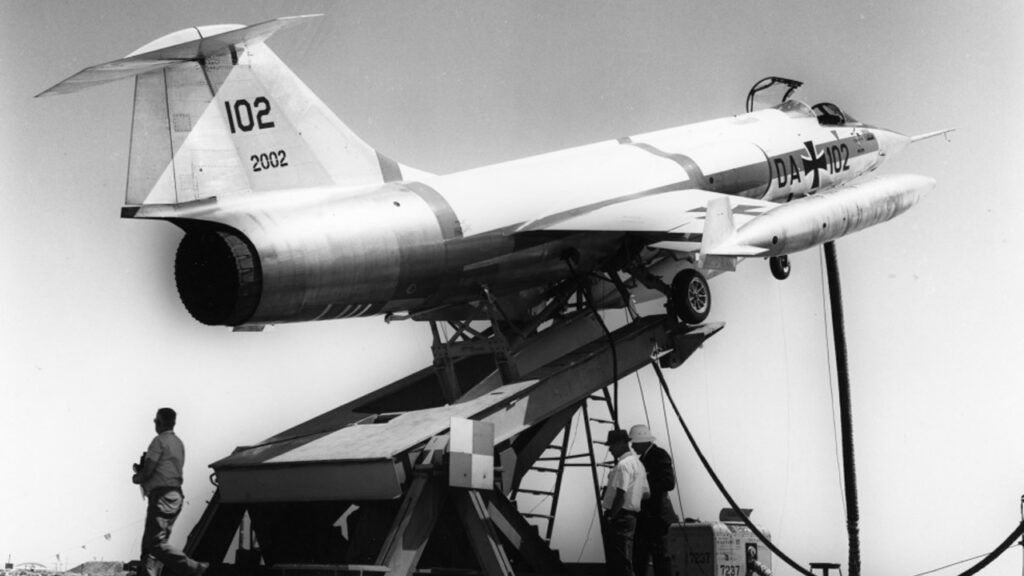
The ZELL concept relied on strapping a jet like the F-84 Thunderjet to a flatbed and blasting it skyward using a disposable rocket booster. It didn’t need a runway, and it could theoretically launch from highways, clearings, or hidden positions. Footage from one test, captured by British Pathé, shows the jet rocketing into the air in a matter of seconds—proving that the system worked, at least in a test environment.
Why It Was Abandoned—And What It Solved
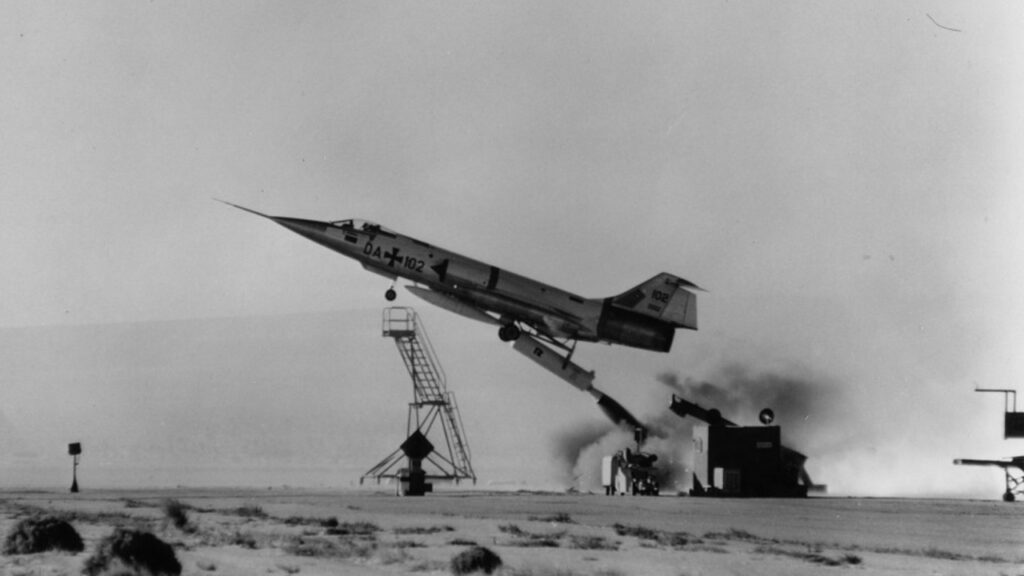
Despite successful launches, ZELL was never deployed. The challenges were significant: the rocket boosters were dangerous, the aircraft still needed a runway to land, and mobile crews couldn’t rearm or refuel jets effectively. But it addressed a real vulnerability—how to keep air power viable after enemy missiles hit home. That same challenge is now being revisited in modern drone warfare and mobile strike systems.
Vanilla UAV: Truck Launches Return in Drone Form
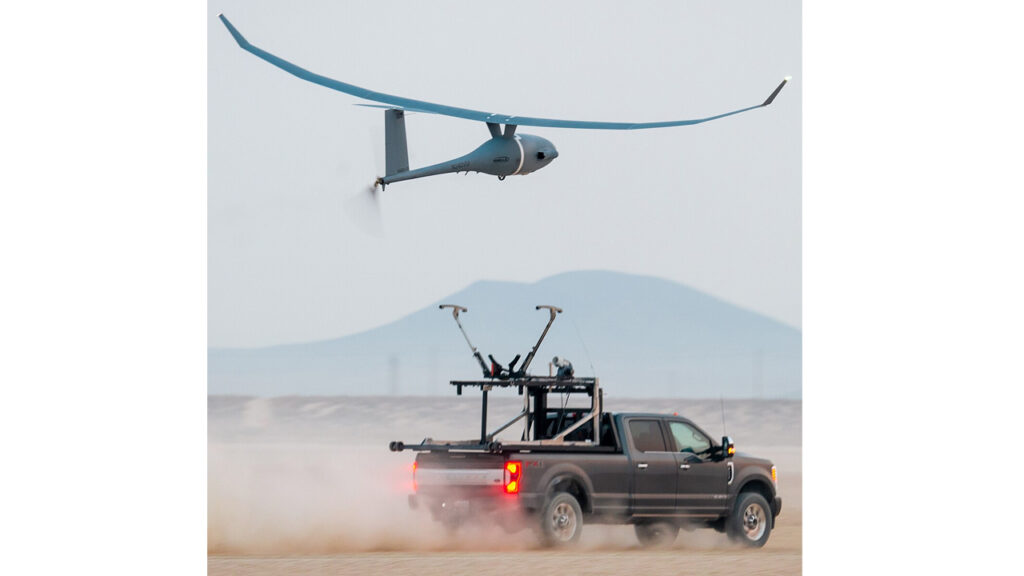
Decades later, the core idea of mobile launch is being revived by unmanned systems. The Vanilla UAV, developed by Platform Aerospace, is a long-endurance drone capable of flying for over eight days. It takes off using a truck-based sled and is designed for operations in austere environments. Vanilla Unmanned highlights how the system’s mobility makes it ideal for disaster zones or military missions without traditional airfields.
UPS and the Civilian Side of Mobile Launch
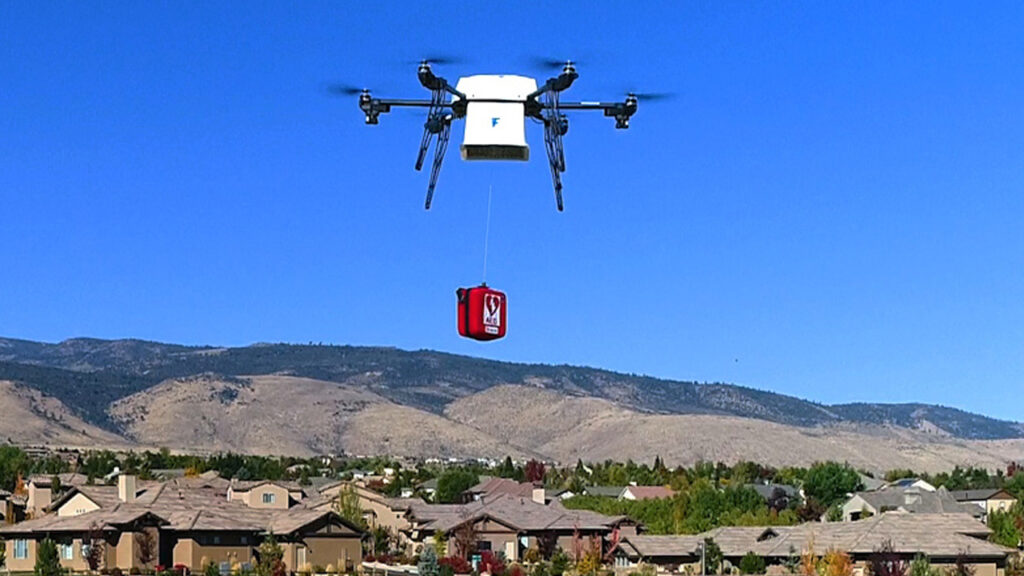
Even the logistics world has embraced truck-launched flight. UPS has tested delivery drones that take off from modified delivery vans and drop packages while the driver continues on their route. This concept, reported by Axios, reduces fuel use and could dramatically improve last-mile delivery in rural areas.
The Legacy of ZELL and Its Modern Descendants
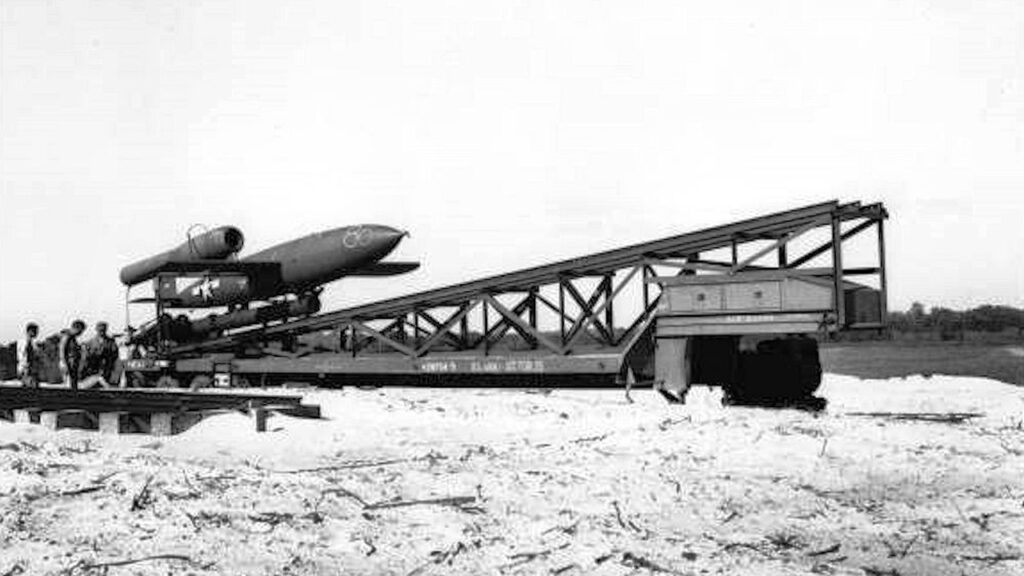
While the original ZELL program was short-lived, its legacy lives on. The idea of aircraft that don’t need runways—or even fixed bases—continues to shape military and civilian aviation. Whether it’s a drone taking off from a battlefield Humvee or a delivery bot soaring from a UPS truck, the dream of launching flight from anywhere is no longer theoretical. It’s here—and it’s evolving fast.


